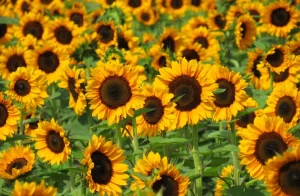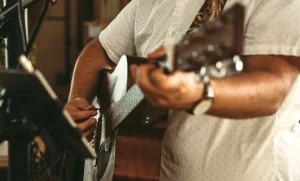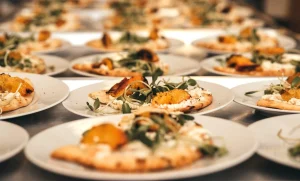
Planting & Harvesting
- Planning
- Early Veggies
- Fall Harvest
- Pollination
Planning
Our “planning” for the planting season begins in November and December of the previous year. All summer veggie seeds and pumpkin seeds are ordered by the 2nd week of January to ensure that we receive the varieties that best fit our soils and climate.
Our commercial seed catalogues come about the end of October, and even though we may be picking the last of the pumpkins and squash, we must begin researching new varieties for the following year. Thousands of seeds begin arriving the first of February, and for several weeks it’s just like Christmas when the UPS truck pulls into the driveway! All orders must be verified, and then the sorting begins!
Garden seeds get organized by veggie and variety, along with the flowers and sweet corn seed. Pumpkins are simply organized into small, medium, and large. Treated seeds and untreated seeds. Heirloom squash seeds must be separated from hybrid seeds.
FarMore treated seeds must be separated from traditional seeds. Gourds are sorted according to size and variety, and the planting maps are begun.
Early Veggies
In the meantime, all the early veggie seeds travel to our high tunnel where they are germinated and started in seed flats. Tiny seedlings must be transplanted into larger cells in order to be ready for transplanting into the garden after the danger of frost is past.
Cabbage, broccoli, cauliflower, romaine lettuce, chard, bok choy, pak choi, peppers, eggplant, and tomatoes are all transplanted into the garden. The rest of the vegetables are seeded directly into the soil.
We have a small push seeder to seed the beans, radish, beets, etc., but the rest are all still transplanted by hand into rows of plastic mulch. The transplants that go into the plastic mulch have a drip irrigation strip that runs down the center of the plastic, so if Mother Nature does not cooperate with enough rain, we can irrigate those more water sensitive crops.
We hope to always begin harvest by mid-May, and continue second, third, and fourth plantings through the middle of July. Our sweet corn is planted conventionally in a larger field. Throughout the summer, our hand hoe remains our best friend.
Fall Harvest
After the early veggies are in the ground, planting begins for our fall harvest. Each year we plant roughly 150-plus different varieties of pumpkins, squash, and gourds. This makes us one of the LARGEST pumpkin growers in the tri-state area!
The planting process takes us approximately two days. Not too long after our pumpkins are planted is when our attention turns to the planting our large 10-acre corn maze. The maze is cross planted and allowed to grow a few inches before the marking and cutting of the maze begins.
No GPS here. The entire maze is marked, sprayed and cut all by hand. Maintenance of the maze is never ending throughout the summer months to ensure that the paths are safe and ready to go by the first of September.
Pollination
By June, our squash and pumpkin crops are on their way with lengthy vines and beautiful yellow and white flowers. To help with the pollination process, we bring in bees from local beekeepers Ray and Dave Tull from Donnellson.
We strive to have one beehive per acre with each hive containing between 40,000-45,000 bees. They are very important piece to the puzzle to having a successful crop. Without the bees’ help, we would only have a fraction of the produce we harvest each year.
After pollination occurs, the pumpkins/squash start growing and within 45 days, some of our first product is ready to be picked. All 40 acres of pumpkins, squash, and gourds are then hand-picked from the field.








